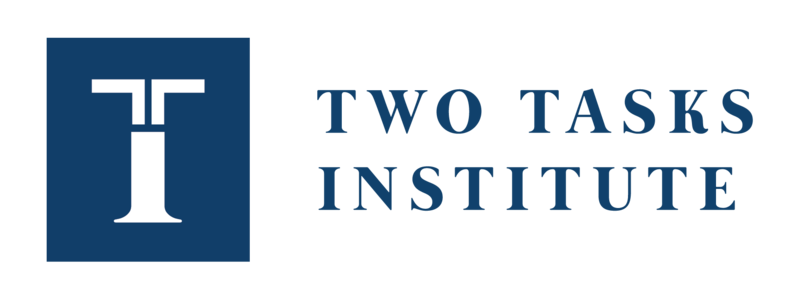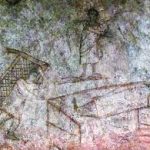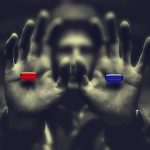
EPISODE SUMMARY:
Paul and Courtney explore the question “Can machines create art?” by exploring the nature of the imagination, creative thinking, and its relationship to art.
EPISODE NOTES:
What is Imagination?
Broadly speaking, the imagination is “a speculative mental activity” (Kind). It is an activity that is used every day: in decision-making, speculating, empathizing, daydreaming, reading, thinking, and more.
What is Creativity?
It is widely held that being novel and valuable are two necessary conditions for creativity. But most philosophers of creativity think that something else is needed, in addition to novelty and value, to judge something as creative. The two most common suggestions for what else is required are surprise and agency. (see Kind, Boden, Stokes)
How are Imagination and Creativity Related?
Many artists, scientists, and philosophers have noted a tight connection between the imagination and creativity. And while the connection might not be necessary (it is possible to act creatively without imagination), almost always—or at least very frequently the use of the imagination is “a primary (or the primary) means of achieving creativity, even though there might be other means as well.” (Kind)
Can We Learn to be Creative?
Can creativity be learned? The answer is yes! We can train our imagination in at least four ways (From Amy Kind):
- Through the reading of increasingly more sophisticated (good) stories.
- Through the telling and writing of increasingly more sophisticated (good) stories.
- Through the appreciation of and creating of art (visual, auditor, dance, etc.)
- By engaging in various “imagination-stretching techniques.”
Can Machine’s Create Art?
Here are two reasons to think they will never exercise genuine creativity:
- Genuine creativity involves the imagination, and only conscious things can imagine.
- Since creativity involves intentional agency, only conscious agents can create.
RESOURCES MENTIONED:
- Margaret Boden, The Creative Mind: Myths and Mechanisms
- K. Chesterton, The Everlasting Man
- George Eliot, Selected Essays, Poems, and Other Writings
- “Is Artificial Intelligence Set to Become Art’s Next Medium?” (Dec 2018), accessed at: https://www.christies.com/features/A-collaboration-between-two-artists-one-human-one-a-machine-9332-1.aspx.
- Amy Kind, Imagination and Creative Thinking
- Martha Nussbaum, Cultivating Humanity
- Dustin Stokes, “The Role of Imagination in Creativity,” in The Philosophy of Creativity: New Essays, edited by Elliot Samuel Paul and Scott Barry Kaufman





